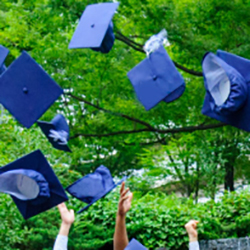Although the Reggio Emilia Approach (REA) to early childhood education began over 60 years ago in the province of the same name in northern Italy, its philosophy is now used in many quality pre-school programs around the world.
Based on the principles of respect, responsibility and community, the REA encourages students to learn in a self-guided manner through exploration and discovery in a supportive and enriching environment based on the children’s interests. These qualities have made the REA something that many parents increasingly look for when choosing a pre-school program.
The fundamentals of the REA can form the foundations of inquiry-based, hands-on, project-based learning. A key component of project-based learning is how to document the children’s learning and their work. Making Learning Visible (MLV) is a Harvard University project and philosophy that “explores the power of the group as a learning environment and documentation as a way to deepen and extend learning”. The American School in Japan’s Early Learning Centre (ELC) teachers, for example, have participated in the MLV course through Harvard University and have since applied the philosophy to their classrooms.
Reflecting the MLV philosophy, documentation not only focuses on what the students do, but also details the learning aspects of each experience. Sometimes the students’ work or evidence of their activities are accompanied by quotes from the children themselves. Walls are not the only place that learning can be made visible. ELC teachers also maintain folders of student work and are active on the web as well through blogs and Twitter to show what is happening in class.
The different forms of documentation allow teachers to stay connected with their students’ learning and interests, can foster group learning and a group identity among students, and expresses the value teachers place on their educational activities. Additionally, visible documentation of students’ work can encourage questions and conversations between students, parents and teachers.
The classroom environment is another major part of the REA, with the physical environment of the classroom often labelled the “third teacher”. At pre-schools using the REA, natural light, indoor plants, kitchens, displays of children’s work and ample classroom materials are an essential part of implementing the Reggio philosophy. Classrooms can feature separate areas for arts and crafts, group activities and creative play. For example, a reading loft and a dramatic play area that might be a vegetable shop one month and a Japanese house the next.
The fundamental goals of the REA are to respect and foster intellectual curiosity and create self-directed learners. The result is that students develop a love of learning that stays with them long after they have left nursery.






